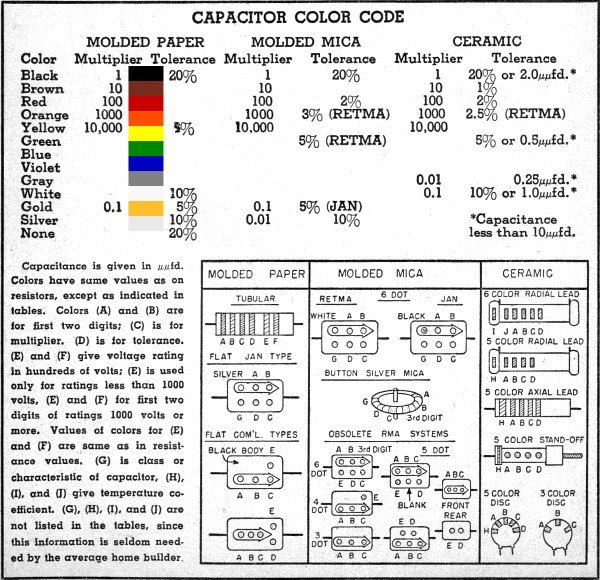


Capacitors can store the energy from strong rapidly changing signals and return that energy to the circuit as desired. So you can see that calculating these ceramic capacitors isn’t too hard.Download: Electronics Manual(that we give to our customers)Ĭapacitors are elements of a circuit that react to rapidly changing signals, rather than slowly changing or static signals. This makes this capacitor a 10,00 pF capacitor (more easily written as. The third digit is a 3, which means we multiply 10 by 1000. So the value of a 130 coded capacitor is 13.Īnother example of 103.

Since one times anything is itself, 1 X 13 is just 13. The third digit is zero and means to multiply times one. If you have a code of 130, then you would take 1 and 3 at value. Let’s try a simple example of how this works. Here’s a simple table of the multipliers you can use to do this calculation in your head: RELATED: What is a Capacitor? Ceramic Capacitor Multipliers If you find a larger number than six, it is not using the standard numbering scheme, or it may not even be a capacitor. This is where you need a good memory, or the calculator! The multiplier is always a number between zero and six. The first two digits are the capacitance value in pF and the third digit is simply a multiplier. The formula that the capacitor value calculator uses isn’t really all that difficult, and one that you could memorize and do in your head.


 0 kommentar(er)
0 kommentar(er)
